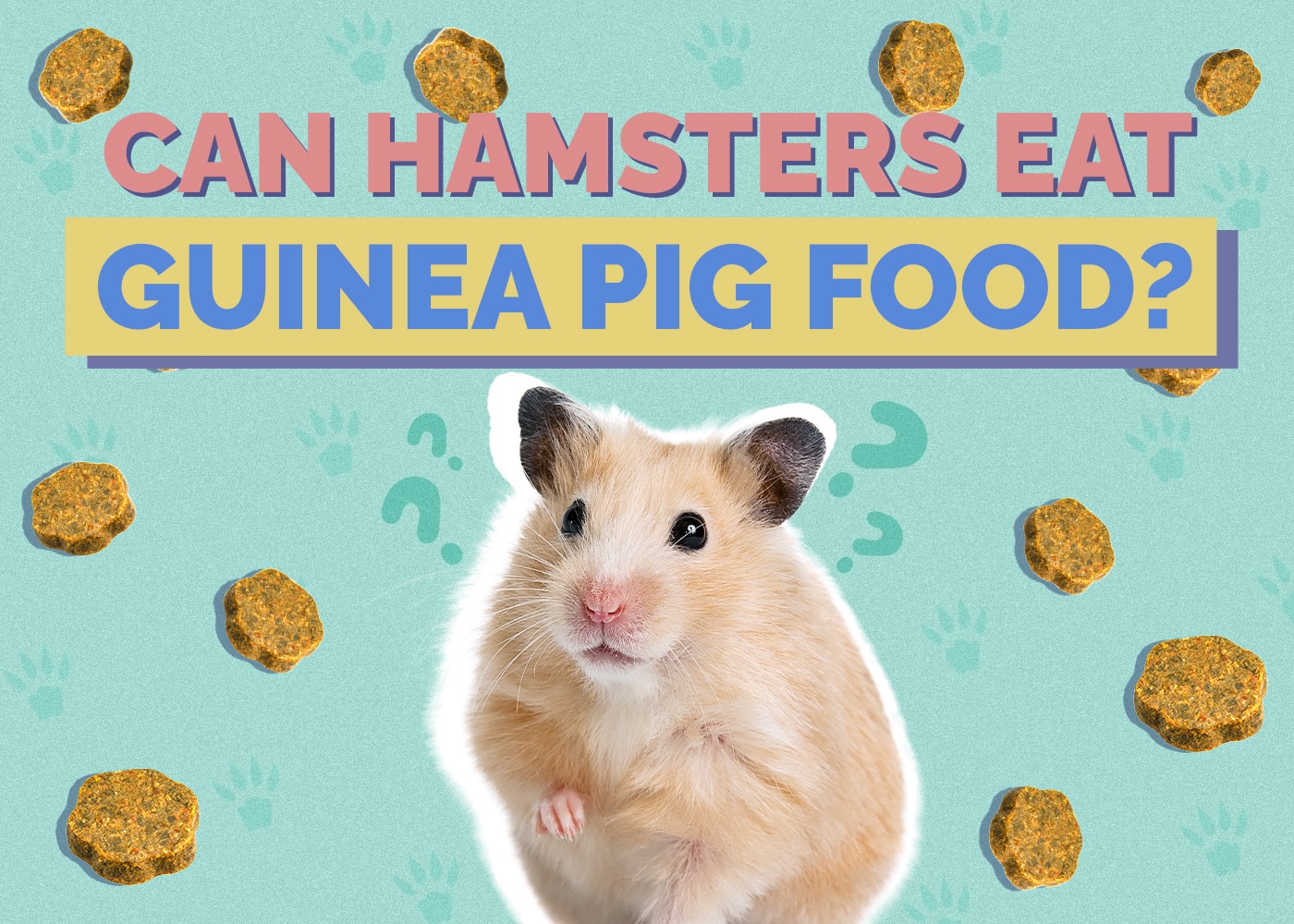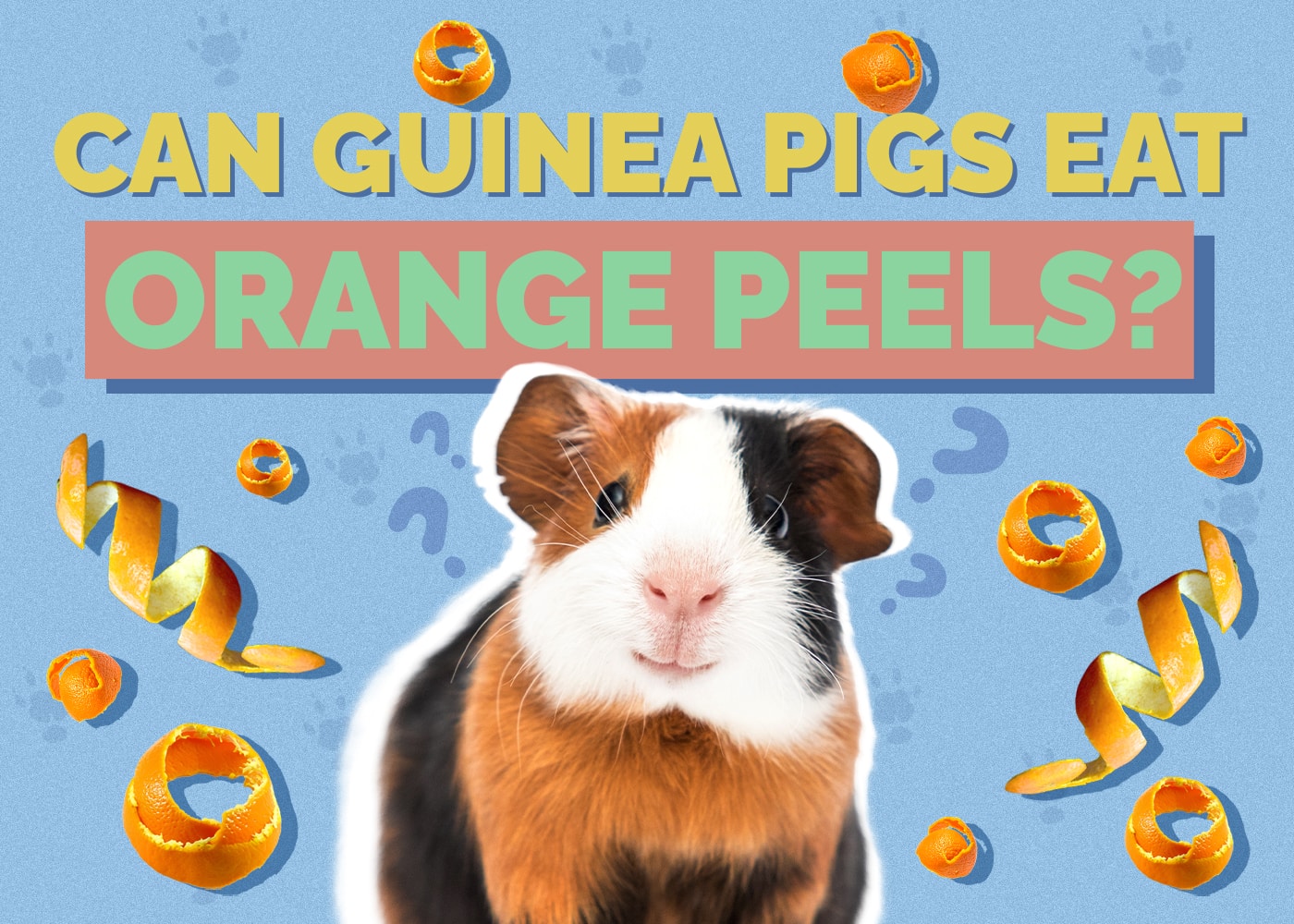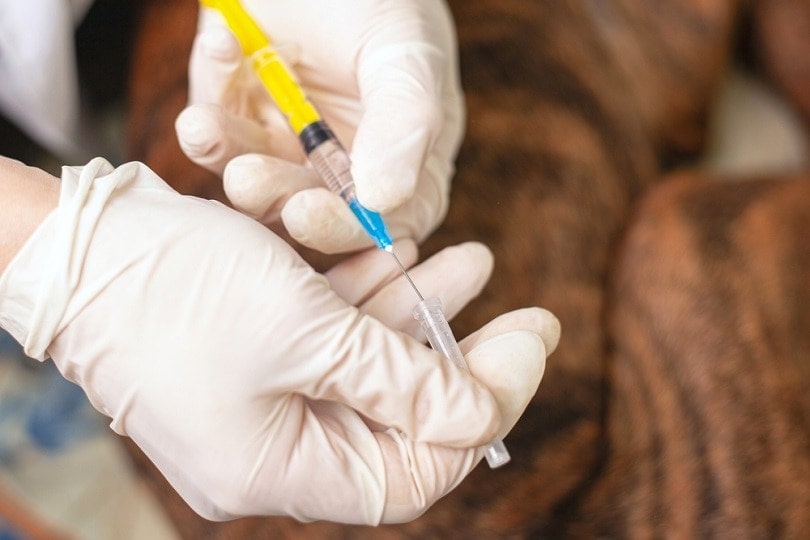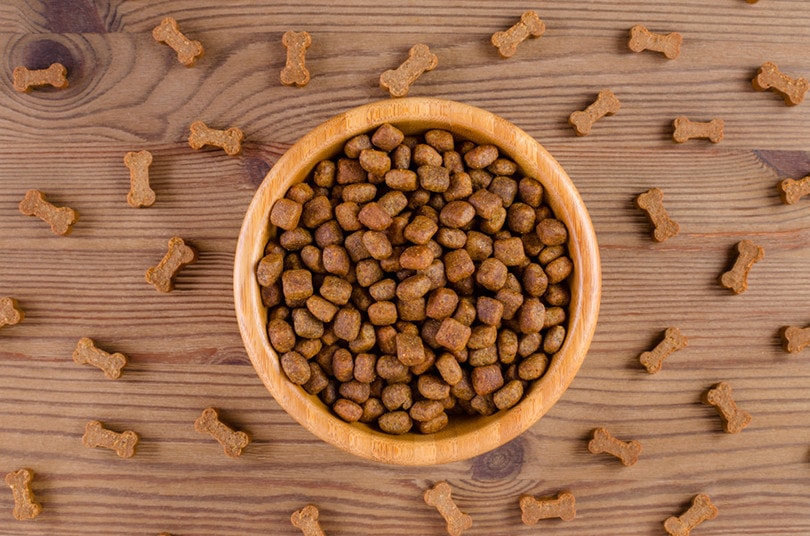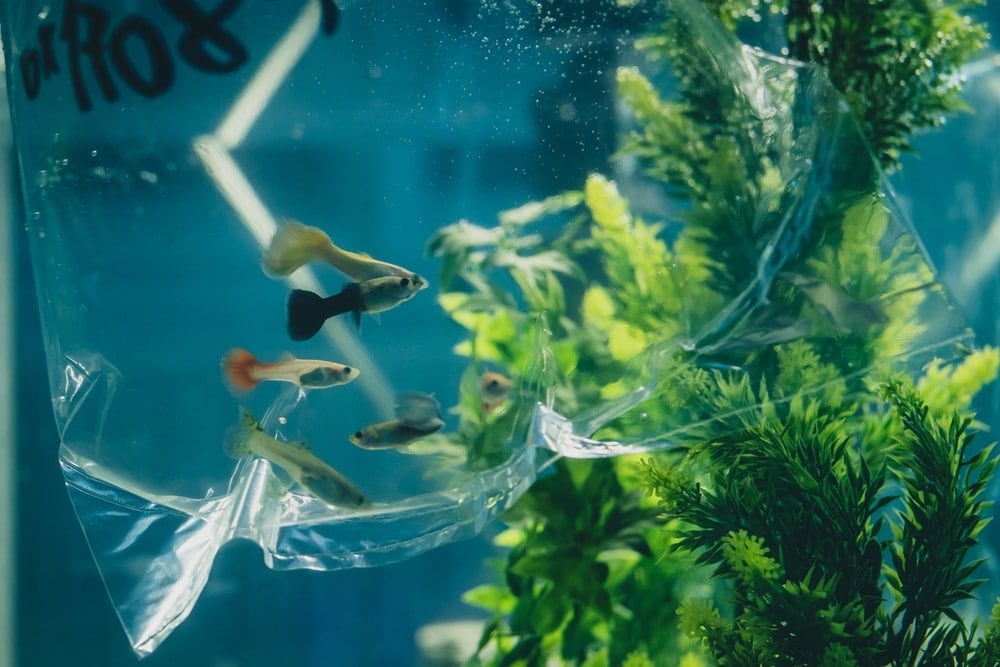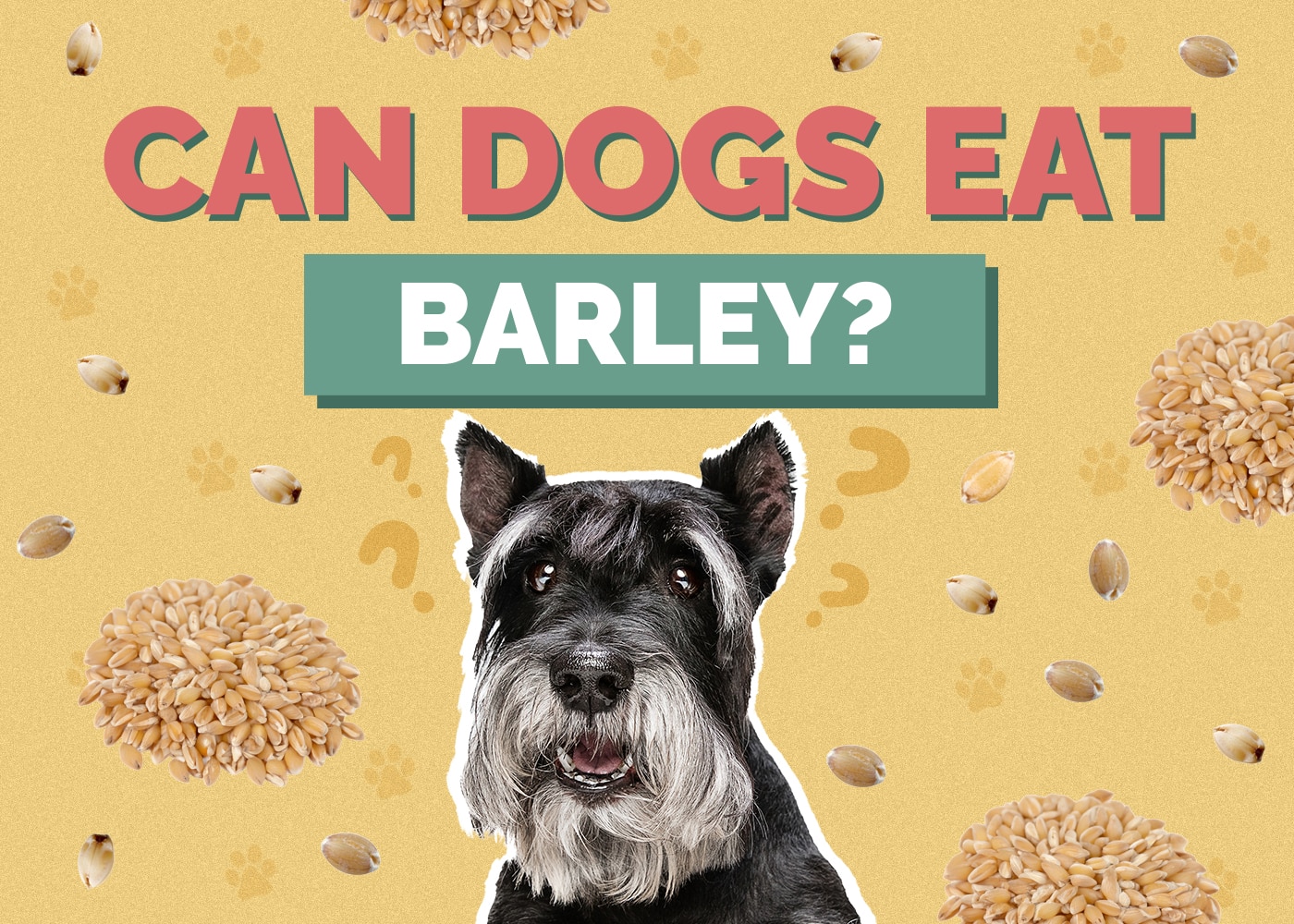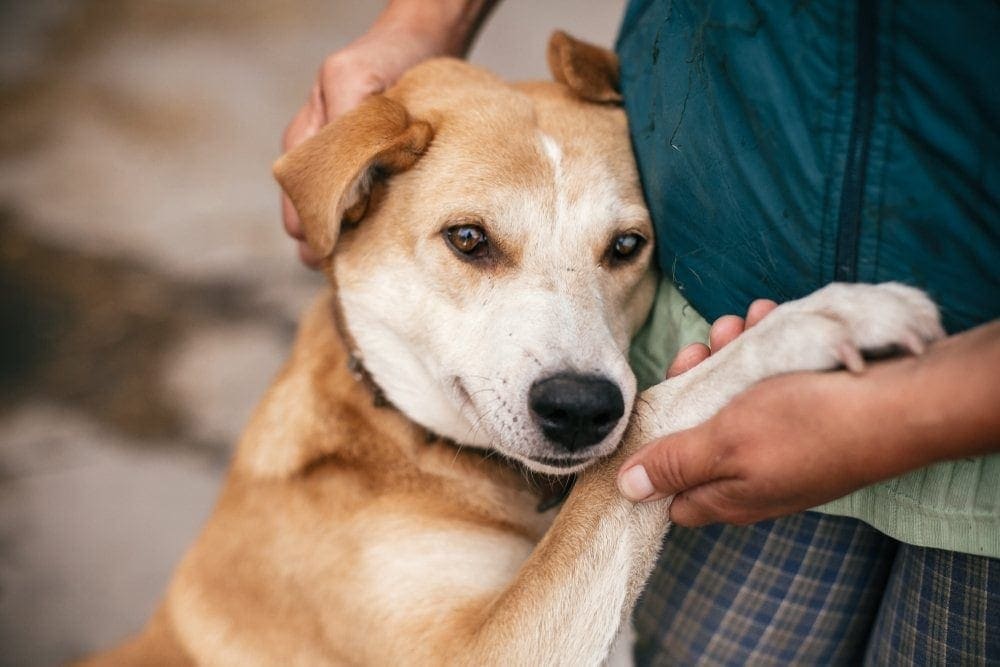Can Guinea Pigs Eat Nectarines? Vet-Reviewed Nutrition Facts & Safe Fruits
By Kit Copson
Updated on
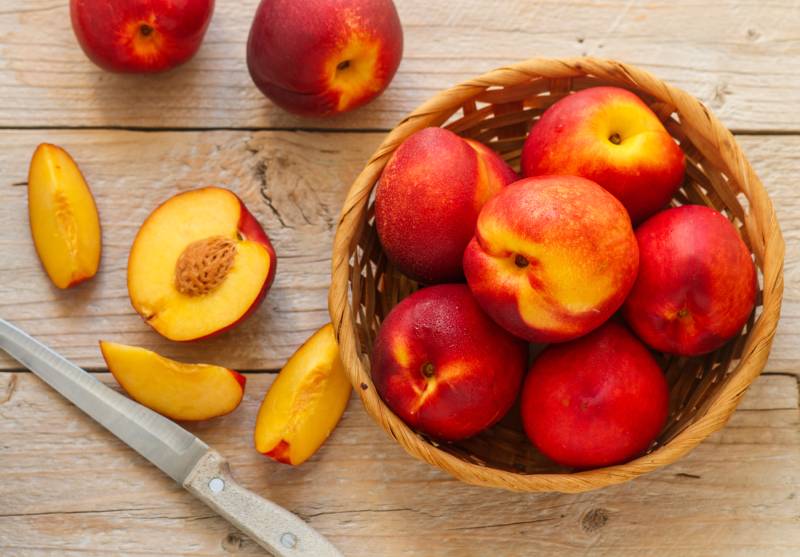
Click to Skip Ahead
Every guinea pig parent knows that a cavy’s favorite pastime is munching on something leafy or some nice, crunchy hay, but what about fruits like nectarines? Fruit isn’t a natural part of a guinea pig’s diet, but they can have a little bit of nectarine (without the stone) and other safe fruits occasionally as a nice, juicy treat.
If you’re curious to know more about the pros and cons of nectarines for guinea pigs or have some burning questions about guinea pigs’ dietary requirements, this post reveals all.
Are Nectarines Good for Guinea Pigs?
Nectarines are high in vitamin C; a vitamin guinea pig parents need to ensure their cavies get enough of. Guinea pigs’ bodies aren’t able to manufacture their own vitamin C, so they can only derive it from the foods you offer. Nectarines are also a source of calcium, which is important for healthy bones, and phosphorus, which supports bone and teeth development.
That said, guinea pigs need a diet largely made up of hay and leafy greens—not fruit. This is because fruit has a high sugar content, so overindulgence could lead to a stomach upset or an even “weightier” problem.
If a guinea pig puts on too much weight, it can cause an array of health problems affecting various areas of the body, including the heart, bladder, gastrointestinal tract, and joints. This is why it’s so important to only feed fruit in moderation.
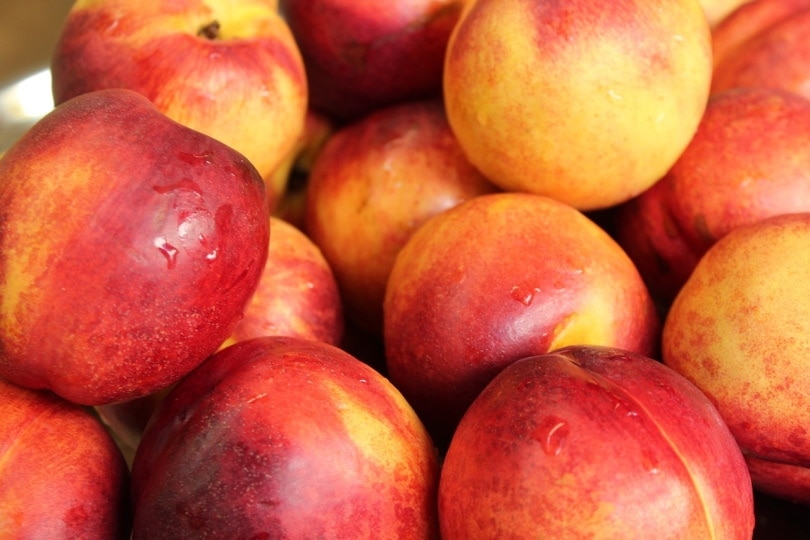
What Do Guinea Pigs Eat?
Guinea pigs eat a mix of commercial pellets, hay/grass, leafy greens, and other vegetables. Since guinea pigs graze in the wild, hay (like timothy hay) should be available on a permanent basis, and you can add in fresh grass whenever possible. Avoid grass cuttings, though—this is bad for their digestive systems.
Hay and grass are very important for your guinea pig’s digestive health, and also for keeping their teeth in good shape. In addition, guinea pigs need a variety of greens and other vegetables to ensure they get enough vitamin C.
Safe vegetables and greens include spring greens, artichoke leaves, Swiss chard, Bok choy, watercress, collard greens, basil, mint, rosemary, and more. Broccoli, kale, spinach, romaine lettuce, and cabbage are also good choices, but these (and some others) should be fed more moderately. Rotate greens and other veggies regularly.
As for guinea pig pellets, according to PDSA vets, a tablespoon of pellets every day is a good amount for adult guinea pigs. Make sure these come from a quality brand and aren’t of the brightly-colored, muesli-type variety. These types are commonly found in stores, but the PSDA advises that these are not healthy.

What About Fruit?
Fresh fruits make great occasional treats for guinea pigs and are certainly healthier than store-bought treats. You can offer fruits in small amounts to prevent weight gain and tummy upsets. A couple of small nectarine wedges, for example, would be more than enough if you want to feed this fruit as a treat now and then.
In addition to nectarines, you can also feed your guinea pig small pieces of other fruits like strawberries, plums, cherries, kiwis, pears, and apples without the seeds. Avoid citrus fruits, however—these are too acidic for guinea pigs to handle. Remember to remove any seeds, pits, or stones before feeding any kind of fruit to your guinea pig.

Final Thoughts
To recap, it’s fine to feed your guinea pig a couple of little nectarine wedges from time to time, but fruit shouldn’t be a major part of the diet. Fruit is a good source of vitamin C, but it’s also sugary. Hay and grass, fresh, leafy greens, a small amount of pellets, and permanent access to clean water are what a healthy guinea pig’s diet consists of.
See also:
- Can Guinea Pigs Eat Rosemary? Vet-Reviewed Nutrition Facts & FAQ
- Can Guinea Pigs Eat Bean Sprouts? Vet-Approved Nutrition Facts
Featured Image Credit: Viktory Panchenko, Shutterstock




